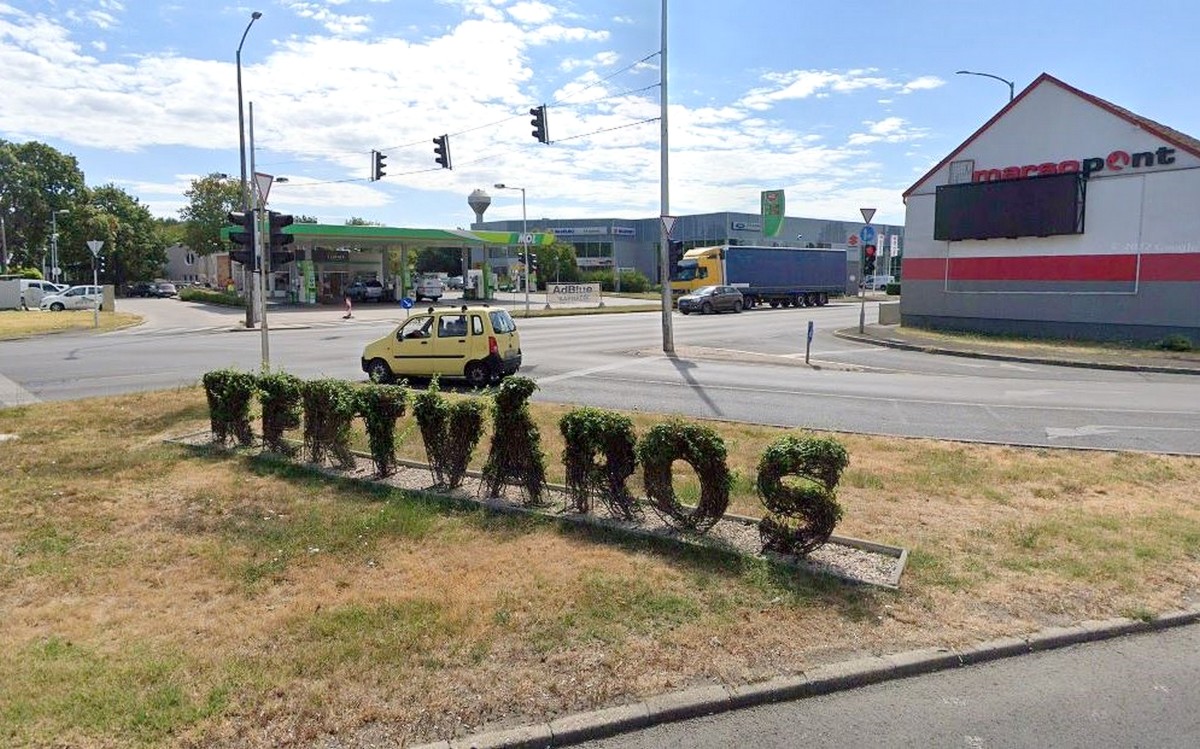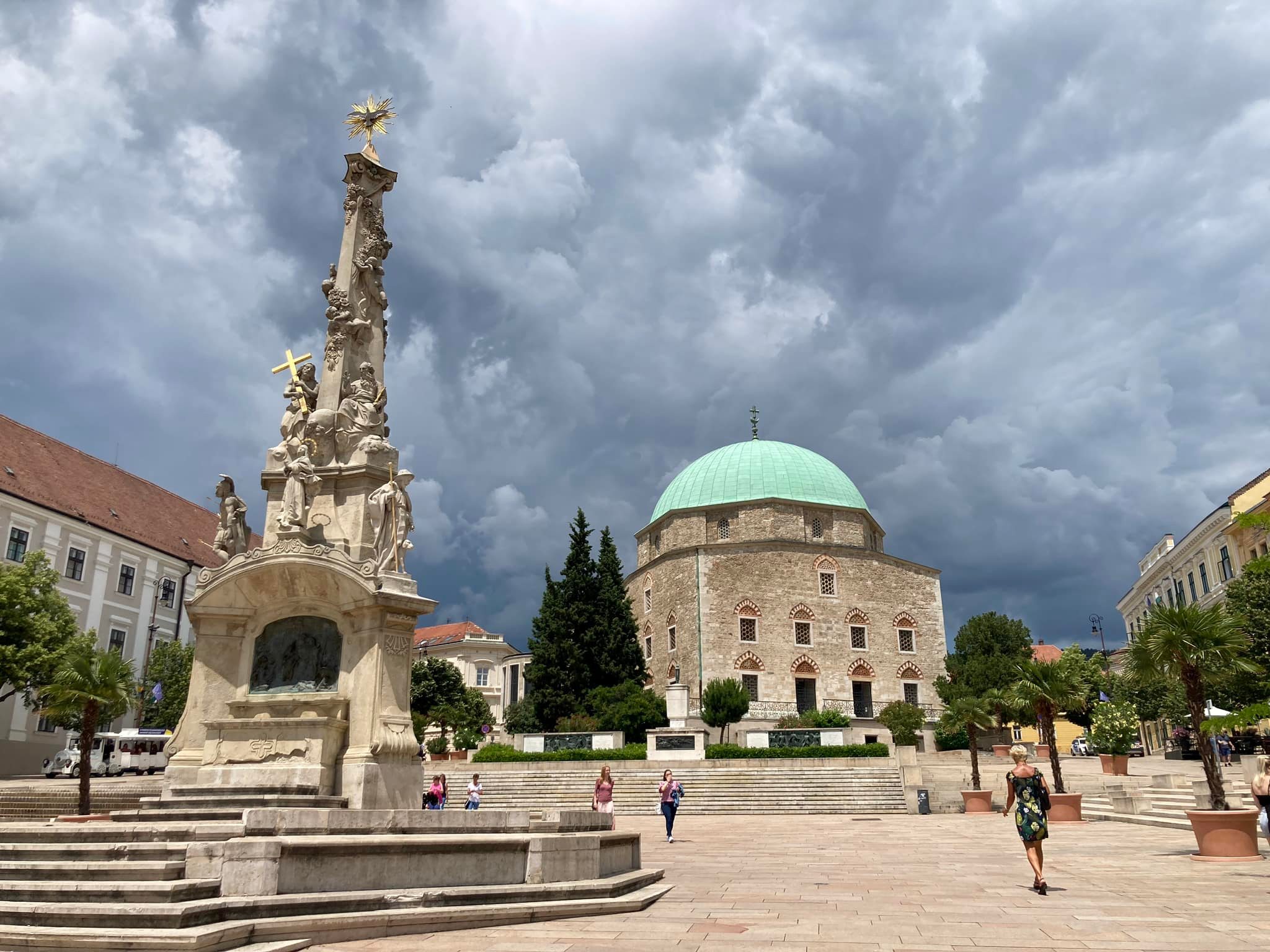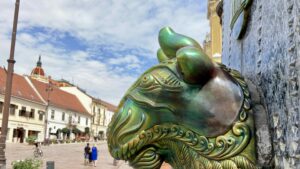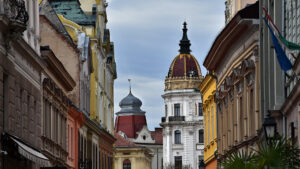In November, the Igrišta ski center will open, which is rapidly taking shape just 250 km from the Hungarian border. The Igrišta – Vlasenica ski area is located in the northeastern part of Bosnia and Herzegovina, within the Republika Srpska, approximately 300 km from Pécs, a 4 and a half-hour drive away.
Igrišta was previously one of the country’s largest ski resorts, but it fell into disrepair years ago. In the first phase, they will build a five-kilometer snowmaking trail system, a six-seat, 3,000-person capacity ski lift, and a 150-meter magic carpet
The renovation of the 546-hectare ski resort is a joint effort of the local government and the Jahorina Olympic Center, with financial support from the government of the Republika Srpska in Bosnia and Herzegovina.
Igrišta, once a popular Bosnian ski resort, began its operation in 1985 with a total of 9 kilometers of slopes at elevations ranging from 1000 to 1350 meters. It was built as a reserve trail system during the Sarajevo Winter Olympics in case any events needed to be relocated for any reason.
The skislope operated until 2012 when the cable of the chairlift snapped. Since then, all movable equipment has been stolen from the slopes, including cables and electric motors, leaving only the old poles behind. The area has been under the ownership of the Republika Srpska in Bosnia and Herzegovina since 2008. In 2022, Jahorina secured a 30-year lease for the ski center located in the municipality of Vlasenica on Mount Javor.
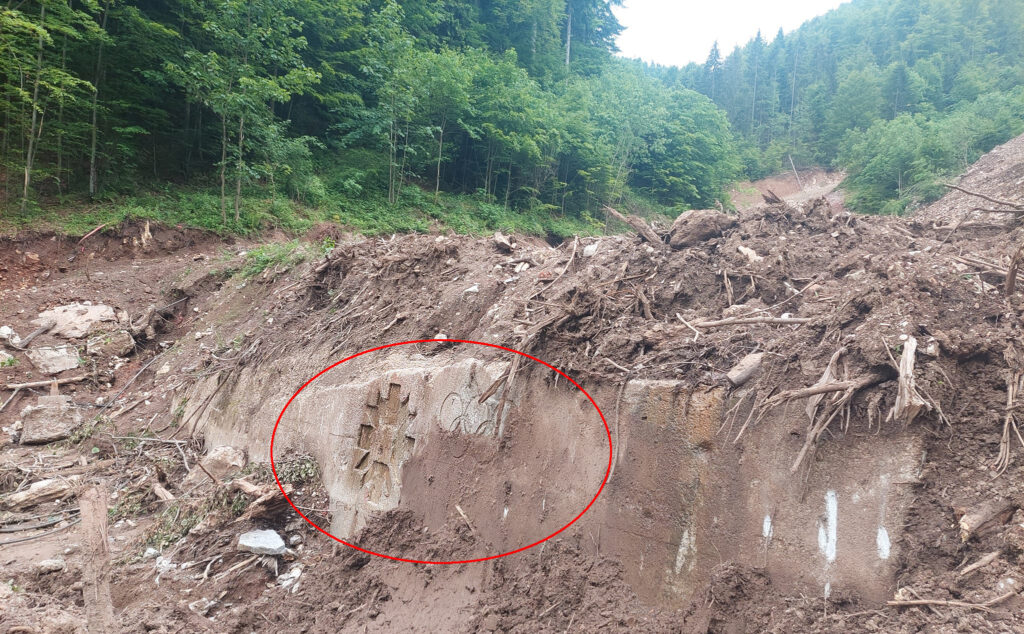
In the first phase of implementation, a consortium consisting of eight companies, including the Italian enterprise Leitner, will allocate 42 million Bosnian Marks (approximately 8.5 billion Hungarian Forints). Leitner, responsible for constructing the six-seat ski lift, will complete the project at a cost of 24.6 million Marks (approximately 5 billion Hungarian Forints). The company has a proven track record in Balkan ski resorts, having built three cable cars and three six-seat ski lifts in Jahorina over the past 13 years, as well as operating three lifts in the Serbian resort of Kopaonik.
According to the tender documentation, a six-person ski lift is described, capable of accommodating at least 2,500 people per hour, expandable to a capacity of 3,000. Its total length is 850 meters, with an elevation difference of 332 meters. The valley station will be at 1017 meters, and the mountain station at 1349 meters. Out of the nine-kilometer trail system, 5 kilometers will be snowmaking capable. The planned width of the ski slopes will be a maximum of 40 meters, which can reduce to 30 and 25 meters, depending on the terrain conditions, particularly in steep sections.
The snowmaking system was completed by August and was supplied by the Italian company Technoalpin, which will „guarantee” snowy slopes for the ski resort. Based on the contract, the company installed 50 snow cannons and laid 4.4 kilometers of water pipes under the slopes. Construction of a 30,000 cubic meter water reservoir for snowmaking began, with earthworks currently in progress. Additional site development work, water and electrical installations, and the preparation of the surfaces for the four ski slopes are also ongoing.
The Leitner company has already delivered the columns for the six-person chairlifts, and their assembly and installation are currently in progress. Interestingly, in July, during the site development, a massive concrete retaining wall was uncovered, featuring the Olympic rings and the official logo of the 1984 Sarajevo Winter Olympics.
As part of the project titled „Construction of Hotels and Apartments within the Igrišta Winter Sports and Recreation Center,” two high-end hotels are being constructed, each with a maximum floor area of approximately 5000 square meters. It is stipulated that these hotels should provide additional facilities such as a wellness center with a covered swimming pool and conference rooms. Around the planned hotels, the construction of apartment buildings and restaurants is also planned, designed to accommodate modern expectations while respecting national architectural traditions.






